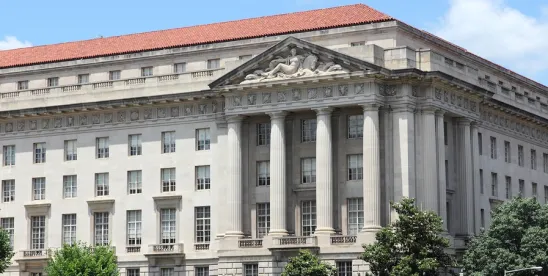On January 30, 2017, President Trump began his second week in office by signing an executive order that requires two federal regulations be identified for elimination for every one regulation that is passed. The executive order aims to fulfill one of the president’s campaign promises to reduce the number of regulations affecting small businesses and large industries. Additionally, the order continues the president’s centralization of executive power in the White House by enlisting the Office of Management and Budget to review regulations that are proposed for the chopping block, as well as to grant exceptions to the executive order.
In addition to the directive to review two regulations for elimination for every one regulation passed, the executive order directs agency heads to limit all funding for new regulations to zero dollars in fiscal year 2017. However, there are exceptions to funding limits for regulations that are required by law. Therefore, industry groups should not expect the Environmental Protection Agency’s (EPA) rule-making procedures to completely halt during the course of the Trump administration. The federal Clean Air Act, Clean Water Act, and other legislation mandate certain EPA rule-making procedures, and if rule-making is not instigated by EPA on such matters, citizen groups have historically filed suit to require the agency to initiate rule-making proceedings.
Signature environmental regulations passed by EPA under President Obama, such as the Clean Power Plan and Waters of the United States Rule, were not required by legislation and, therefore, if the Trump administration seeks to modify those rules, the revised regulations are likely to be subject to the January 30 executive order.
The impact of the executive order is unclear at this moment, as the Trump administration is yet to issue guidance on how regulatory costs will be calculated, what qualifies as a new regulation, and to what extent legally required regulations (such as those mandated by the Clean Air Act) will be required to comply with the parameters of the executive order.







 />i
/>i
